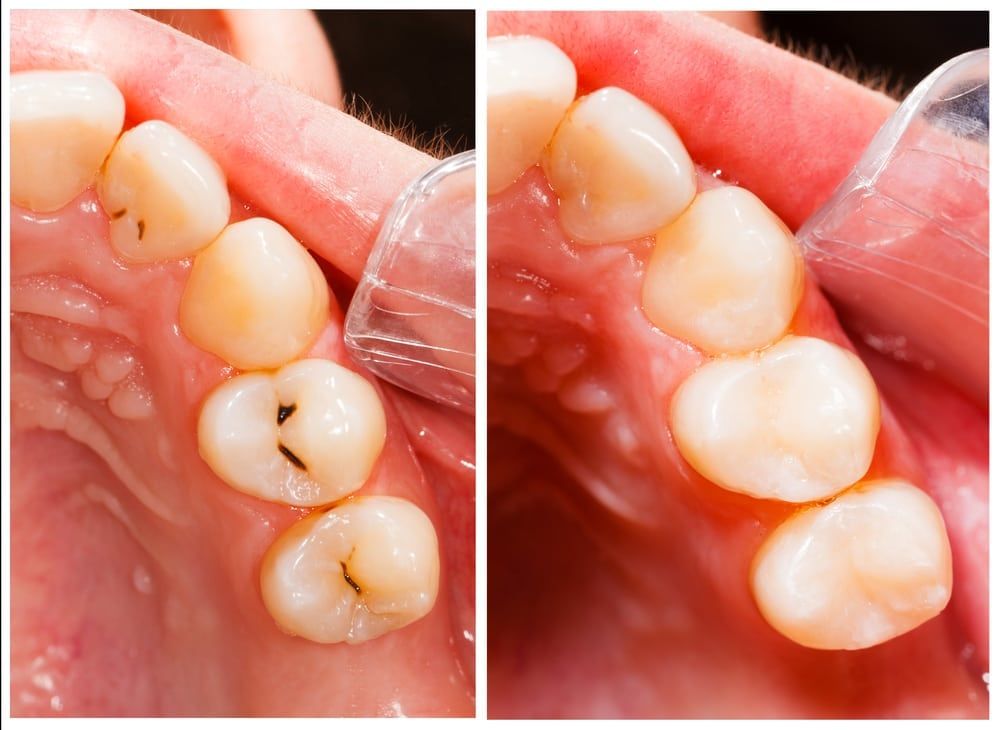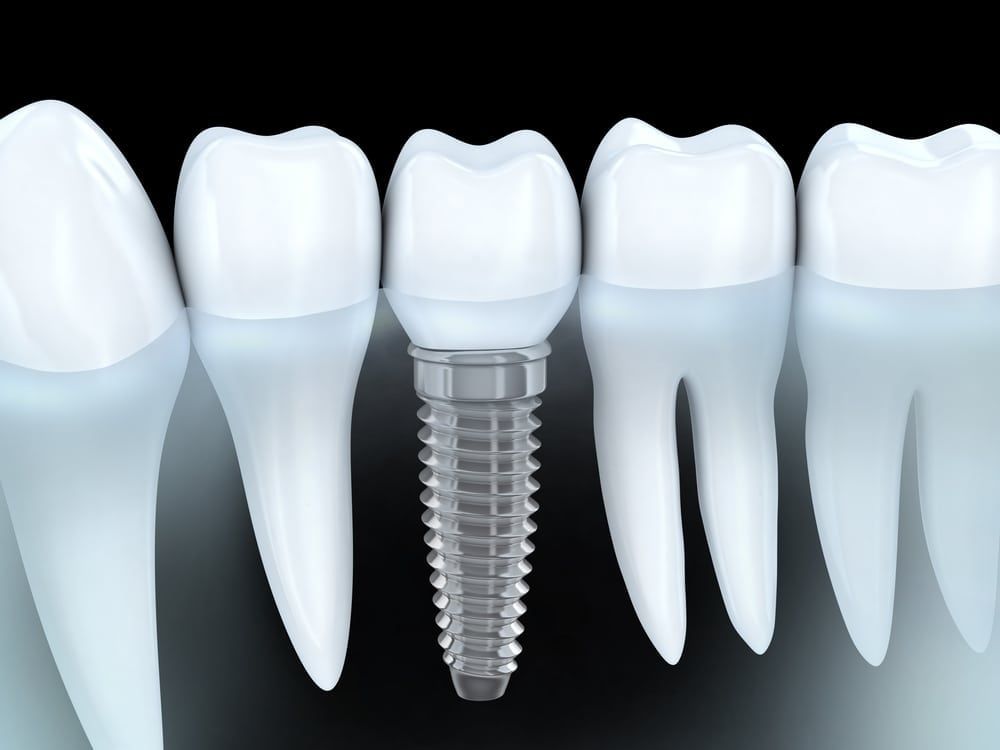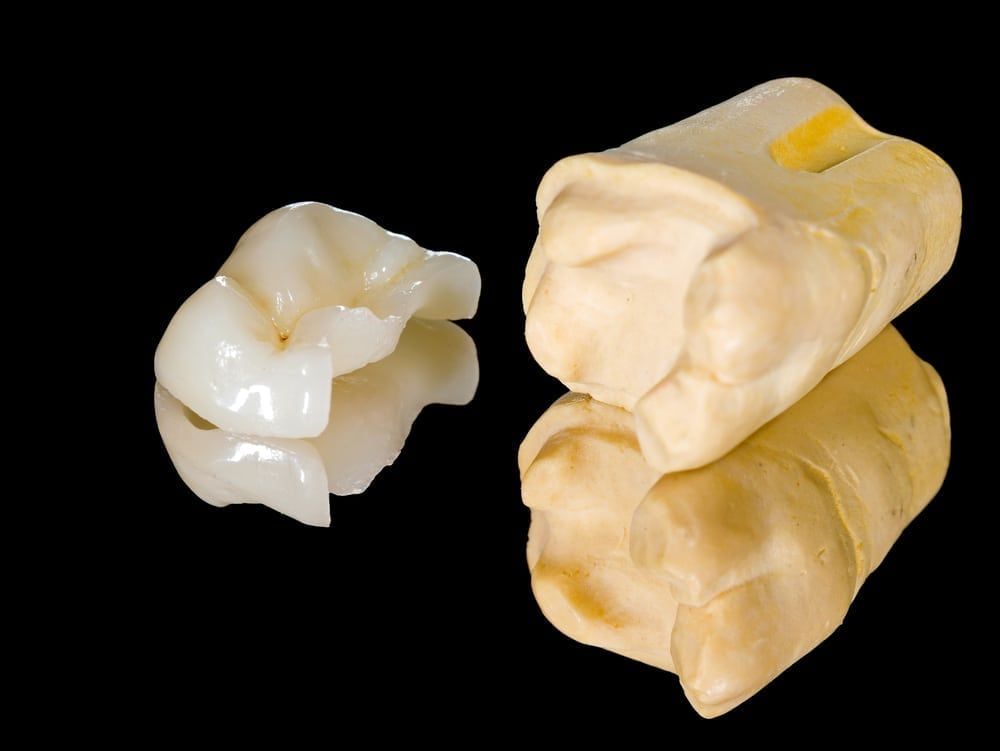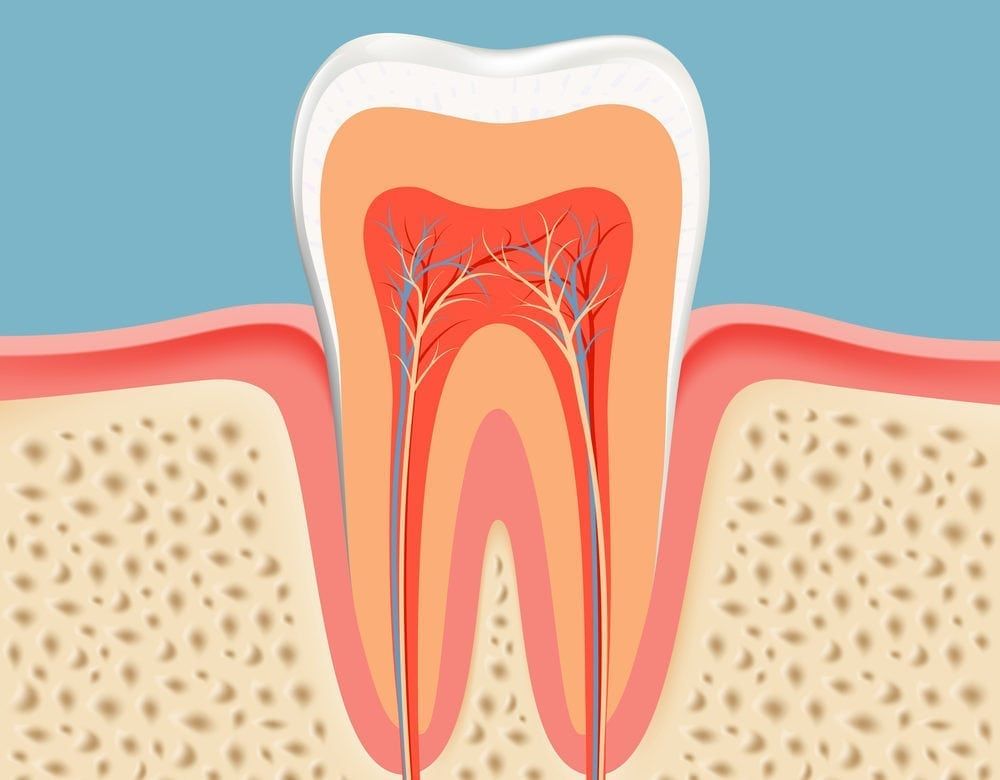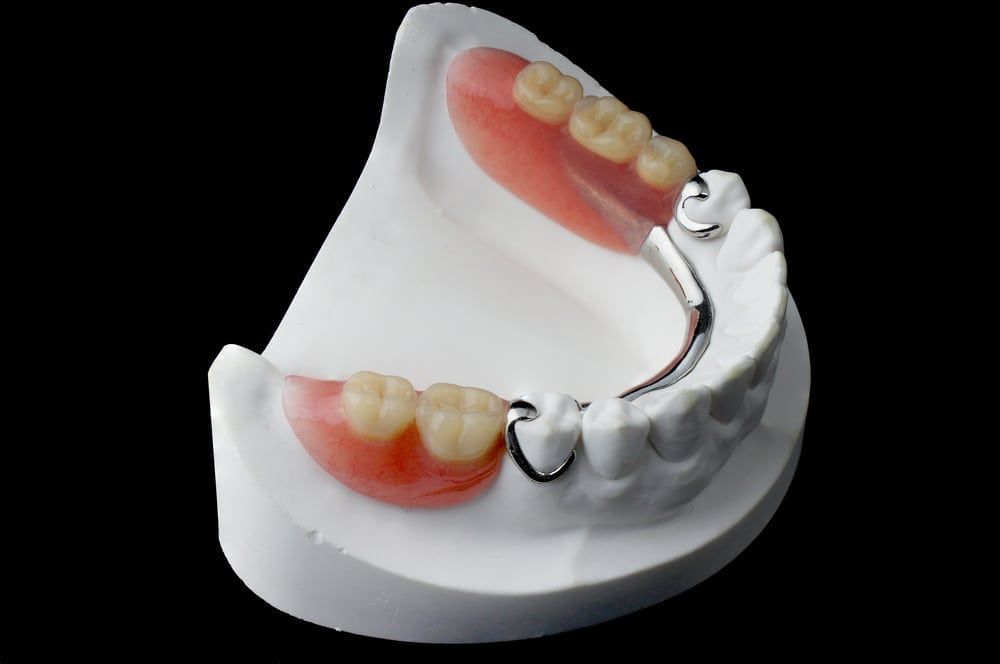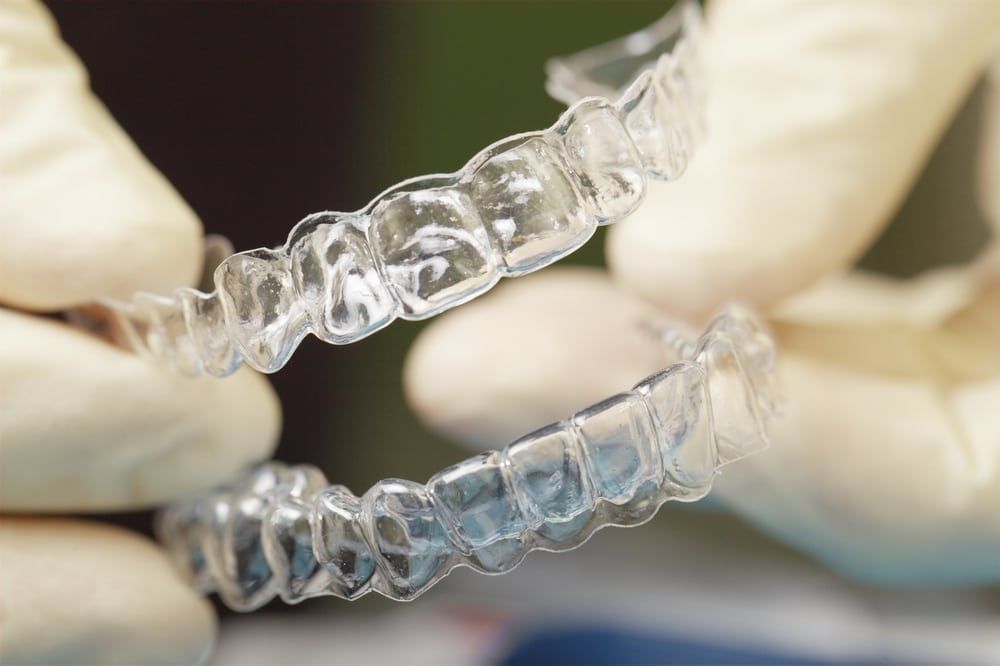Preventative dentistry is about more than just visiting your dentist twice yearly for an exam and thorough cleaning. In fact, the majority of your preventative care is done at-home as a part of your normal hygienic routine. Many residents use manual toothbrushes to remove debris and plaque from their teeth. However, electric brushes have become widely popular in recent years, leaving some to wonder whether one type is better than the other.
Did you know…
the American Dental Association does not lean toward one type of brush over the other? It does, however, acknowledge that people with upper body mobility restrictions may better benefit from an electric toothbrush instead of a manual brush. Regardless of which type you decide is right for you, the ADA recommends that all brushes be soft-bristled so as to avoid abrasions that can lead to decay and receding gum lines.
Frequently Asked Questions
Which toothbrush should I be using?
You can effectively brush your teeth with either a manual toothbrush or an electric one. However, the rapid movements of motorized versions may be more effective at removing plaque from the teeth and gum line. If you have questions about which toothbrush is best for you, speak with your dentist about it at your next visit. He or she may recommend an electric brush with an oscillating head or a brush that includes a timer to let you know how long to brush.
What types of results should I be getting from by toothbrush?
Regardless of whether you choose an electric brush or a manual brush, it should be easy for you to maneuver in your mouth and behind your back teeth. If the head is too big, it may not be effectively removing plaque from your teeth.
My electric toothbrush was expensive. Do I need to change it as often as a manual brush?
Yes. Your toothbrush should be replaced at least once every three to four months or whenever you notice fraying. However, most electric toothbrushes come with interchangeable heads. In other words, you won’t need to replace the entire device – only the brush itself.
Fluoride is a naturally occurring element that has been shown to help strengthen teeth in children and also prevent decay in people of all ages. Topical fluoride, in particular is helpful for promoting oral health. The American Dental Association has publicly endorsed the use of fluoride for the prevention of dental caries, as has the American Academy of Pediatrics and the American Medical Association.
Did you know…
that you might be drinking fluoride every day without knowing it? Many communities add fluoride to the public water supply in an effort to promote better dental health. You can find out if there is fluoride in your tap water by contacting your local water utility. Keep in mind that if your primary source of drinking water is bottled, you may not be getting fluoride. You can contact your bottle water company or manufacturer to find out if fluoride is in your water. If not, speak with your dentist about getting professional fluoride treatments.
Frequently Asked Questions
Do I need fluoride treatments?
You may need fluoride treatments if your drinking water is not fluoridated or if you are experiencing certain symptoms, such as receding gums. Fluoride treatments can also provide oral support and prevent decay if you wear orthodontic braces or are taking medications that cause dry mouth.
What should I expect during fluoride treatments?
Fluoride treatments are painless and can be administered in your dentist’s office at your twice-yearly check-ups and cleanings. Your dentist will distribute fluoridated gel, foam or varnish into a tray and place it over your teeth. The treatment takes only a few minutes and is only required between one and four times per year.
Is there anything I can do to supplement my fluoride treatments?
Yes. The ADA recommends supplementing your fluoridated drinking water or fluoride treatments with a fluoridated toothpaste.
If you are undergoing a dental procedure or operation, you will be given a set of post-operative instructions to abide by in the hours, days, and weeks after your treatment. Following these instructions is essential to preventing infections in surgical sites, protecting restorations, and minimizing the possibility of experiencing complications. Post-operative instructions vary from procedure to procedure, but you are still sure to have some questions regarding care. Your [city] dentist will be available to answer those questions and respond to any concerns you may have.
Try to anticipate some of the questions you may have about your post-operative care and ask them prior to your treatment.
Some of the most common post-op questions include:
-
How should I manage pain following my procedure?
-
How long should I experience discomfort?
-
Do I need to follow any special dietary guidelines?
-
Is it safe for me to drink through a straw?
-
Will I be able to drive myself home after my procedure?
-
Will I need to take an antibiotic?
-
Will I need to return to your office for a follow-up appointment?
-
When will my permanent restorations be ready?
-
How do I care for my removable prosthesis?
Frequently Asked Questions
Should I talk with my dentist about the questions I have regarding my post-operative care?
Yes. Your post-operative care is contingent on you understanding everything about the recovery process and your responsibilities in caring for your surgical site.
What should I expect when I speak with my dentist?
Your dentist should allocate enough time in your consultation and pre-operative exam to listen to your concerns and answer any questions you may have. You should also be provided a phone number that you can call following your procedure to discuss any questions that may come up at that time.
Is there anything I can do to make the process easier?
Yes. Begin thinking of any questions you may have about your post-operative care, and begin writing them down. You’ll be ready to ask all of your questions when the opportunity arises without missing any important details.
